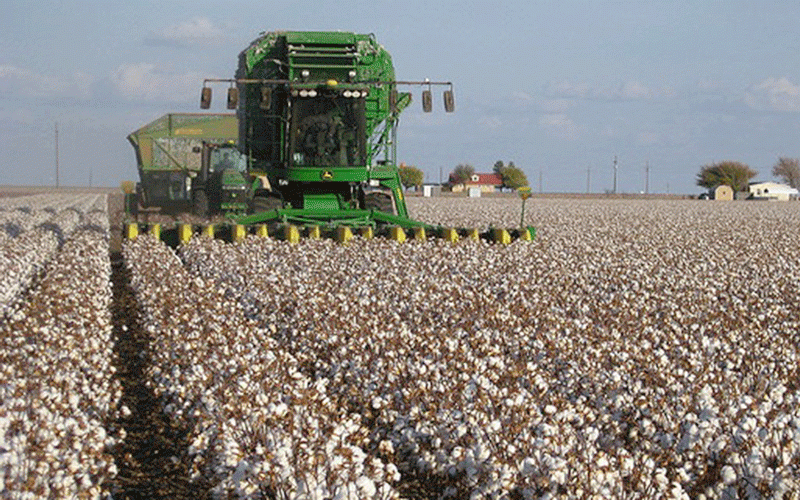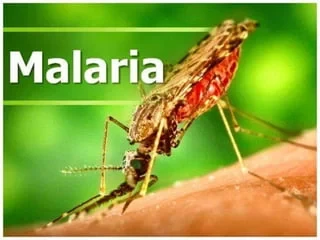
My family, the Maketo-Chokuwa clan, migrated from Zimuto in Masvingo province to Gokwe in the Midlands province. The migration was influenced by a combination of push and pull factors, mainly the search for fertile soils and farm land.
I was born and grew up in Gokwe South, Nyamhunga village under headman Ngomeni in Chief Sai area — an agro-ecological region 3 and 4 area with low annual rainfall and incessant seasonal droughts. Cotton farming became the main economic activity, not out of choice but by default as the climate is not conducive for other cash crops.
As early as Grade One, I became engrossed in the 10-month cotton farming cycle. The labour started with tilling the land, planting, weeding, cultivating, multiple spraying, picking, baling, selling and finally residue clearing.
Our nearest selling point was Manoti growth point (approximately 25km away). It was a six-hour journey by ox-drawn cart. The queues at the depot would be stretching hundreds of metres on arrival. Sometimes we would return home the day after or very late in the night. In the late 1980s to 1990s the then Cotton Marketing Board (CMB), now rebranded to Cotton Company of Zimbabwe (Cottco), would send the farmers cheques two months after selling.
The waiting period was agonising, households piled debts in anticipation of uncertain amounts that often disappointed and also gave rise to domestic violence.
Cottco enjoyed the monopoly and exploited thousands of rural small-holder cotton farmers. The coming in of a competitor in the name of Cargill with its popular "cash ipapo ipapo" changed the practice and injustice of delayed payment by CMB. Nevertheless, producer prices remained largely unfair and tilted in favour of cotton merchants and processors. To secure a threshold of producers, and lure farmers from going to the new player in the industry, Cargill (popularly referred as mainini in the years), Cottco (maiguru) began contracting farmers and giving them inputs, namely seeds, fertiliser and chemicals — a process known as contract farming which creates a dependency syndrome and entrenches farmers into a vicious cycle of debt-trap. Due to poverty induced by low producer prices condemning farmers to perennial borrowers, Cottco retained a significant threshold of farmers that remained "loyal" and continued to supply the white gold to the company. Unbeknown to farmers was the fact that inputs were priced above market average and all amounts owing were deducted at source such that whatever remained for the farmer was never sufficient to buy inputs for the next season. As a result, many remained bound to contract farming.
This is my journey in cotton farming, and that of many others from cotton-producing communal areas in Zimbabwe.
Millions of tonnes of cotton have been produced in Gokwe over the years, yet living standards remain unchanged. I have witnessed people sinking into poverty year after year. Meanwhile, cotton companies have flourished, secured assets and investments at the expense of the hard-working poor.
- Chamisa under fire over US$120K donation
- Mavhunga puts DeMbare into Chibuku quarterfinals
- Pension funds bet on Cabora Bassa oilfields
- Councils defy govt fire tender directive
Keep Reading
Some facts about cotton trade in Zimbabwe:
Cotton farming in the dry regions of the country has been a significant response to adverse effects of low rainfall and climate change.
Cotton, the second most important cash crop in Zimbabwe (after tobacco), is grown on average plot sizes of about one hectare in the summer rainfall growing season (November to April). Cotton is grown in four main regions of the country that are hot and receive rainfall of between 400mm and 600mm per annum. The central and north-western part of the country in the Midlands province covering areas in Gokwe South and Gokwe North, where the bulk of cotton production takes place. The northern part of the country in parts of the Mashonaland Central province around Muzarabani, Mahuwe, and Mushumbi. The south-eastern part of the country in the Lowveld in the Manicaland province and Masvingo provinces covering areas around Checheche, Mwenezi and Chiredzi; and Binga in the Zambezi Valley of Matabeleland North province.
Over 200 000 small-scale farmers — with an average family of 6-10 people (at least 1,2 million people) are mainly dependent on cotton production for their livelihoods in Zimbabwe.
The small-scale farmers account for 95% of the cotton output. The farmers are not heavily mechanised and depend on rainfall to produce the crop.
Zimbabwe produces an average of 300 million kilogrammes of high quality cotton lint annually of which 70-80% is exported.
Zimbabwe earned an average of 109 million per year between 2010 and 2021, and in 2022 the country pocketed US$88 million from cotton export.
Domestic consumption of cotton lint by spinners is low and the bulk of cotton lint is exported to South Africa, Mozambique, Zambia.
Child labour is rife in cotton production.
Contract farming has created a dependency syndrome that facilitates the exploitation of cotton farmers by companies.
Over time, I have always pondered on these critical questions:
While cotton is an undisputed significant foreign currency earner for the country, like tobacco, cotton farming regions are also consistent in marking some of the poorest, neglected and least developed regions of the country. Years of toil in cotton fields have not changed standards of living. Is this a policy design or strategy? Is government blind to the fact? Or is business thriving under the conditions?
Why is it impossible or difficult to also remunerate (fully or partially) cotton farmers in foreign currency as is the case with other producers of export products like tobacco and gold?
In the life of the 9th Parliament, Gokwe South and Gokwe North combined, had nine representatives in the National Assembly and two representatives in the Senate. In the past five years, none of the 11 representatives voiced concern over trade injustices in the cotton production and marketing value chain. Some of these hold Cabinet positions or are in top ranks of the ruling Zanu PF party — Paul Mavhima, Owen Ncube, ambassador Victor Matemadanda among these. Other former ministers include Flora Bhuka and Jason Machaya. What baffles the mind is whether the underdevelopment of Gokwe is a leadership failure and lack of representation or a market-driven strategy to exploit millions of people for profit? Or is it a combination of both the political economy of underdevelopment?
With the reality of climate change dawning on us — why has the government of Zimbabwe not shifted focus to strategically support drought resistant crops in dryer regions of the country like Gokwe and encouraging cotton production through rewarding producer prices?
There is a lot of emphasis on accountability and social responsibility in the mining sector but no such thing exist for contracting companies. Is this bydesign? Similar standards set for marketing and selling of minerals like diamond, Kimberly certification process, should be applicable to cotton marketing. Cotton contracting companies should be seen to be promoting among, other things — fair labour practices, fair market practices including competition, environmental protection and sustainable local economic development.
Child labour is rampant practice in Gokwe. Many children particularly school going age girls have lost education opportunities to support family cotton production ambitions with little to no remuneration. The road network is appalling and in deplorable conditions and many areas inaccessible during the rainy season.
Schools infrastructure also leaves a lot to desire and travelling distances remain very straining for conducive learning conditions. Same applies to primary health care institutions, with only one referral hospital serving a population of over 350 000 people in the district.
Agriculture is an extractive industry, pressure groups such as Publish What You Pay Coalition should also focus on industry players to see their contributions and lack thereof to local economic development. Cotton production deserves better policy attention than it gets now. The production of the crop remains an area of interest for booth government, private sector players, civil society and cotton growing communities. It remains largely debatable that, current government interventions have made the vulnerable cotton farmers improve their livelihoods under adverse climate conditions.
The emancipation dream attached to the rich white gold that influence migration decisions of many households, communities and even chiefdoms from places such as Masvingo (Chief Jiri), Shurugwi, Chirumhanzu, Zimuto, Chivi among other places in the early to mid-60s remains elusive. For many in Gokwe, it remains a ‘resource curse’ scenario. So rich, yet so poor!
- John P. Maketo is the programmes manager, Zimbabwe Coalition on Debt and Development and Acting Fight Inequality Alliance Zimbabwe Co-ordinator.










